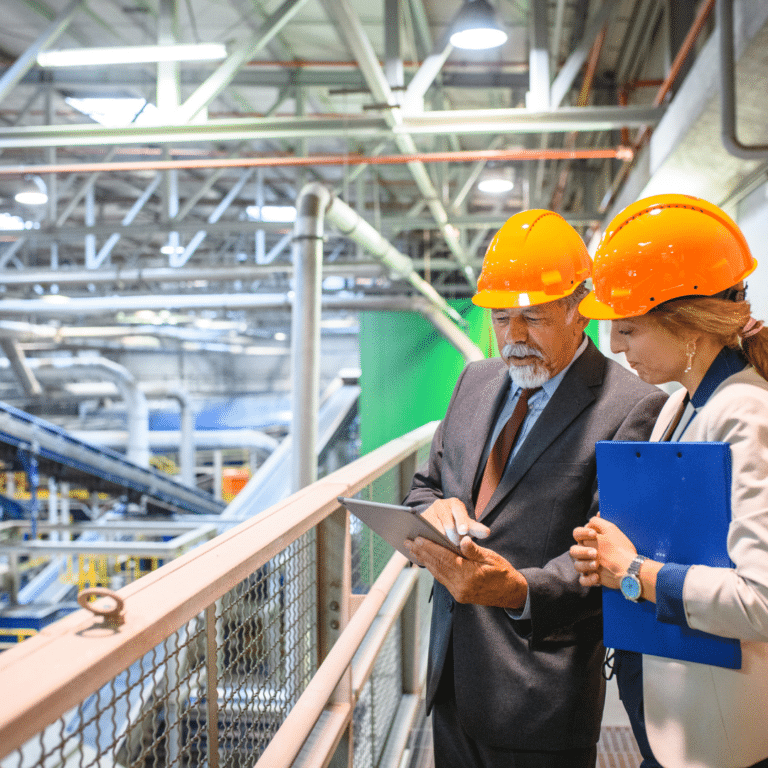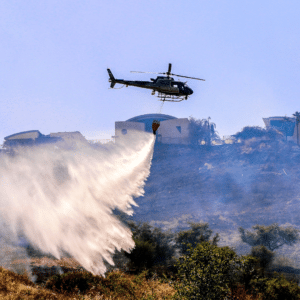In the realm of facility management, preventive maintenance activities are not merely a concept—they’re a strategic practice crucial for enhancing the longevity, safety, and efficiency of buildings. For federal agencies and other organizations managing complex facilities, adopting a proactive maintenance approach is essential. This post delves into the significance of preventive maintenance activities in facility management projects and highlights how they generate long-term benefits for both facility owners and users.
Preventive maintenance activities are essential for effective facility management. They extend the lifespan of equipment, reduce downtime and disruptions, enhance safety and compliance, improve energy efficiency, and optimize facility performance and user satisfaction.
Key Takeaway:
- Proactive maintenance activities prevent equipment failures and ensure smooth, reliable facility operations.
- Regular maintenance helps extend the life of critical building systems, avoiding costly replacements.
- Proactive upkeep reduces the likelihood of equipment failures, minimizing downtime and disruptions.
- A well-executed maintenance program boosts safety and ensures compliance with federal regulations, lowering liability risks.
- Properly maintained equipment runs more efficiently, leading to reduced energy consumption and lower utility costs.
- Consistent upkeep of facility systems enhances user satisfaction and overall productivity.
- A well-structured maintenance program, customized to facility needs, ensures long-term efficiency and cost savings.
These are just a few key benefits of preventive maintenance activities. Keep reading to learn more about how these proactive measures can save costs, enhance safety, and ensure the smooth operation of your facility.
Understanding Preventive Maintenance
Preventive maintenance activities involve the systematic and routine inspection, cleaning, testing, and repair of building systems and equipment to avert unexpected failures. Unlike reactive maintenance, which responds to issues after they arise, preventive maintenance activities take a proactive stance, ensuring smooth and efficient operations across all systems. Preventive maintenance activities encompass a broad spectrum of tasks, such as:
- Inspecting HVAC systems to ensure optimal performance.
- Testing and maintaining fire safety equipment.
- Cleaning and servicing electrical systems.
- Checking plumbing systems for leaks or blockages.
- Replacing worn-out or defective parts before they lead to failures.
The Value of Preventive Maintenance Activities
Extending the Lifespan of Equipment and Systems
Regular preventive maintenance activities play a pivotal role in extending the lifespan of critical building systems and equipment. By addressing minor issues before they escalate, facility managers can avoid costly replacements and maximize the useful life of assets.
For instance, routine HVAC system inspections and cleanings prevent dirt and debris buildup, which can cause the system to overwork and wear out prematurely. Similarly, regular checks and lubrication of mechanical components in elevators help prevent unnecessary wear, extending the equipment’s service life.
Reducing Downtime and Disruptions
Preventive maintenance activities minimize the risk of unexpected equipment failures, thereby reducing downtime and disruptions. This is particularly vital for federal facilities and critical infrastructure, where interruptions can have significant consequences.
By proactively identifying and addressing potential issues, preventive maintenance activities ensure the reliable operation of all building systems. For example, regularly testing emergency backup generators guarantees their readiness in the event of a power outage, thereby preventing costly and potentially hazardous disruptions.
Enhancing Safety and Compliance
A robust preventive maintenance activities program is crucial for safeguarding building occupants and maintaining compliance with federal regulations and standards. Properly maintained facilities are less prone to safety incidents, reducing liability risks for facility managers.
Preventive maintenance activities, such as inspecting fire alarm systems, testing emergency lighting, and checking sprinkler systems, ensure that all safety equipment is fully functional. This not only protects occupants during emergencies but also ensures compliance with safety regulations like OSHA standards and NFPA codes.
Improving Energy Efficiency and Reducing Costs
Well-maintained equipment operates more efficiently, leading to lower energy consumption and reduced utility costs. Preventive maintenance activities help identify and rectify inefficiencies that contribute to increased energy use.
For example, routine HVAC system cleaning and tuning ensure peak performance, reducing energy consumption and costs. Additionally, sealing duct leaks or upgrading insulation prevents energy loss, resulting in significant long-term savings.
Optimizing Facility Performance and User Satisfaction
A well-maintained facility enhances the overall experience for building occupants. Whether it’s a federal office building, a military installation, or a public facility, ensuring that all systems are functioning optimally contributes to a comfortable and productive environment.
Preventive maintenance activities, such as maintaining lighting systems, optimizing indoor air quality, and ensuring the reliability of building access systems, create a safe and comfortable environment. Satisfied occupants experience fewer disruptions, leading to increased productivity and morale.
Implementing a Preventive Maintenance Program: Key Steps
- Conduct a Facility Assessment:
Start with a comprehensive assessment of the facility to identify all critical systems and equipment. This should include an inventory of assets, their current condition, and maintenance history. - Develop a Maintenance Schedule:
Create a maintenance schedule that details the frequency and type of preventive maintenance activities required for each asset. This schedule should be based on manufacturer recommendations, regulatory requirements, and the specific needs of the facility. - Leverage Technology:
Implement a computerized maintenance management system (CMMS) to track preventive maintenance activities, schedule tasks, and monitor equipment performance. A CMMS streamlines the maintenance process, improves communication, and provides valuable data for informed decision-making. - Train and Equip Your Team:
Ensure that your maintenance team is well-trained and equipped to perform preventive maintenance activities effectively. Regular training and access to the right tools and resources are essential for maintaining high standards of work. - Monitor and Adjust as Needed:
Continuously monitor the effectiveness of your preventive maintenance activities program and make necessary adjustments. Regularly review maintenance logs, performance data, and occupant feedback to identify areas for improvement.
Maximizing Federal Facility Performance Through Proactive Preventive Maintenance Activities
Preventive maintenance activities are an indispensable element of effective facility management, especially in federal projects where reliability, safety, and efficiency are paramount. By adopting a proactive approach, facility managers can extend asset lifespans, reduce costs, enhance safety, and ensure a positive experience for building occupants.
At Miami Federal, we specialize in developing and implementing comprehensive preventive maintenance activities tailored to the unique needs of federal facilities. Contact us today to discover how we can help you achieve optimal facility performance through proactive maintenance.








